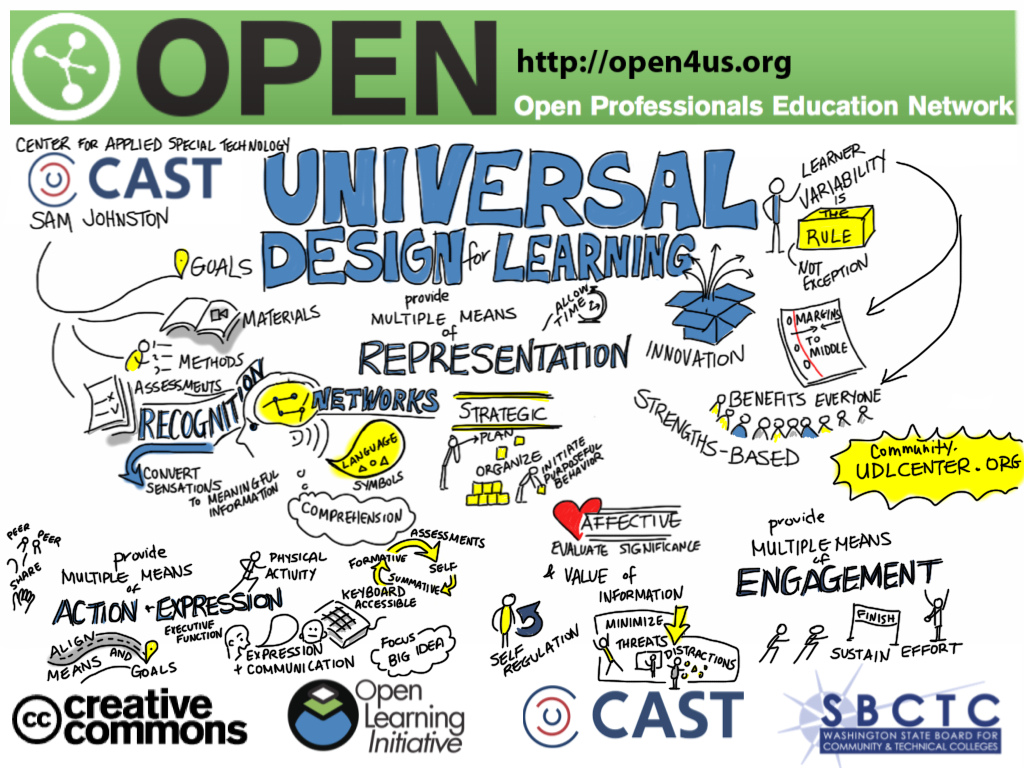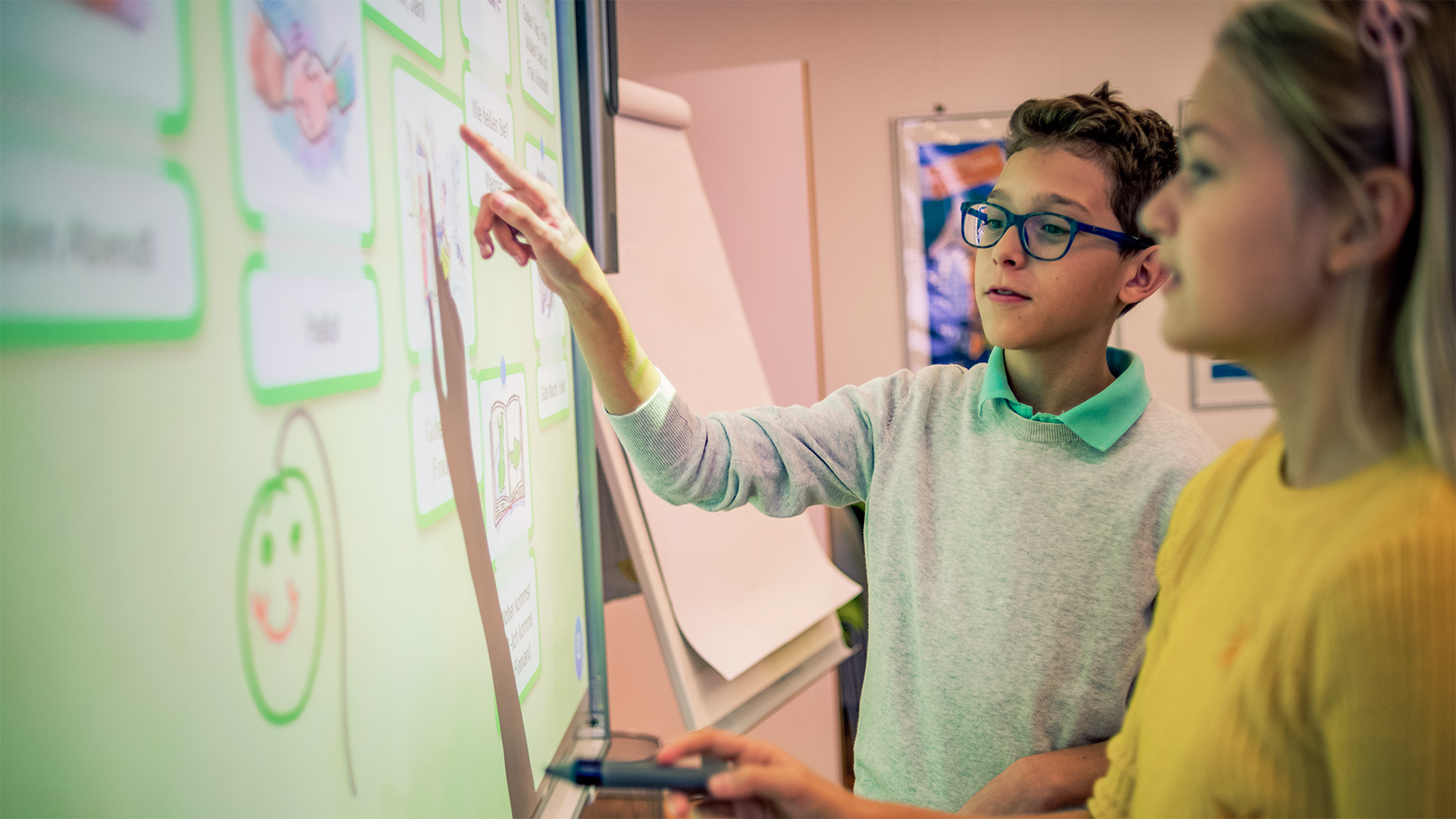Table Of Content

Universal Design for Learning (UDL) brings with it a host of benefits that transform the educational landscape. Primarily, it facilitates instructional goals and methods that are inherently adaptable. This flexibility means that materials and assessments can be tailored to individual requirements. In the ever-evolving classroom, variability among students is a given, and UDL helps teachers anticipate and plan for these differences from the onset.
Research on the Principles of UDL

We hoped that these guidelines would provide concrete support to educators who were eager to apply the UDL framework to practice. Since that time, we have revised the Guidelines to incorporate feedback from the field as well as expanding research in the areas of UDL, education, cognitive science, psychology, and neuroscience. UDL gives you a framework to follow so you can reduce the barriers to learning. The main way to do this is to prepare a learning environment where students have what they need to flexibly meet learning goals. This means creating a learning environment where all students feel welcome and respected.
Support for Decoding Text, Mathematical Notation, and Symbols in Universal Design for Learning
By addressing these areas, educators can create a space for an inclusive approach that caters to a wide range of needs and preferences. This article originally appeared on Understood.org (opens in a new window), a free online resource for parents of children with learning and attention issues. See more on UDL principles and how they can be applied, or use a course accessibility checklist to check how accessible your course is. The reflection and redesign phase allows you to consider your next instructional moves. Watch this video to see what UDL looks like in a fifth-grade classroom. • Allow students to show what they know through a variety of formats, such as a poster presentation or a graphic organizer.
Engagement
Developing lesson plans this way helps all kids, but it may be especially helpful for kids with learning and attention issues. Introduced by educational researchers in the early 2000s, the Universal Design for Learning provides a framework for offering individualized support and inclusion to students. According to this educational framework, doing so is the best way to recognize a student’s strengths and challenges, and to limit any learning barriers at your school. Support for decoding text, mathematical notation, and symbols is a universal design for learning (UDL) guideline that supports multiple means of representation.
What does UDL look like in the classroom?
There are many options for students to show what they know, because students have different strengths in how they express themselves. For instance, if a lesson relies on a book, the book will be available to the entire class in multiple forms. This chart, created with the help of the CAST, highlights some of the differences between traditional classrooms and UDL classrooms. Equitable use and perceptible information are more than principles; they are the guiding force to ensuring each student can navigate learning with confidence and competence.
Applying Universal Design for Learning (UDL) Supports Inclusive Education - Tolerance.org
Applying Universal Design for Learning (UDL) Supports Inclusive Education.
Posted: Mon, 11 Mar 2024 07:00:00 GMT [source]
It acknowledges that each student processes information uniquely, calling for varied ways of presenting material, expressing understanding, and keeping students engaged. Now, this education model is increasingly recognized as vital for inclusive and effective teaching. UDLA reflects UDL in content and inclusive design to build our understanding and extend our application of how to intentionally design practices to engage all students to be expert learners in quality inclusive environments.
It also allows students to express themselves through writing, speaking, and signing. UDL is an inclusive method of instructional design that meets the diverse needs of all learners. UDL draws from a variety of research including the fields of neuroscience, the learning sciences, and cognitive psychology. For example, Vygotsky emphasized one of the key points of UDL curricula—the importance of graduated “scaffolds”. These are important to the novice, but that can be gradually removed as the individual acquires expertise. The goal of UDL is to use a variety of teaching methods to remove any barriers to learning and give all students equal opportunities to succeed.
It is this flexibility and customization that ensures that educational access is not just a theoretical ideal but a practically attainable standard. As a result, students with physical, cognitive, or intellectual challenges are given the same opportunities to engage with educational content as their peers. At its core, UDL emphasizes the creation of instructional goals, methods, materials, and assessments that are inherently flexible. This adaptability ensures that learning experiences are tailored to the individual requirements of each student. UDL transforms how educators think about teaching and learning by accommodating diverse learners from the outset.
Read on to discover what the Universal Design for Learning is all about and how it can reduce educational barriers for students. Then, discover a few practical ways that you can use Universal Design for Learning guidelines in your classroom—along with some examples to get you started. The “access” row includes the guidelines that suggest ways to increase access to the learning goal by recruiting interest and by offering options for perception and physical action.
Watch your kids fall in love with math & reading through our scientifically designed curriculum. UDLA has technical assistance and PD options that guide teams through the stages of implementation. For instance, a student with accommodations listed in an IEP or 504 plan might get an alternate format for a book, like an audiobook. For example, closed captioning on TVs allows people with hearing impairments to see onscreen text of what is being said. If you’ve ever tried to watch the news or a game in a noisy restaurant, you probably used the closed captions to follow along. Waterford.org is a 501(c)(3)organization, and gifts aretax deductible as allowed by law.
Home Universal Design for Learning in Academic Libraries: Theory into Practice - American Library Association
Home Universal Design for Learning in Academic Libraries: Theory into Practice.
Posted: Fri, 08 Mar 2024 17:09:06 GMT [source]
As noted above, there is no set order in which to apply the Guidelines; the way we apply UDL is driven by our instructional goals and barriers present in the curriculum. Yet, we recognize that many people use this document as one way to begin their learning about UDL, and we have found that considering ways to reduce barriers and increase access can be a useful entry point. Therefore, in this most recent representation of the UDL Guidelines graphic organizer, the “access” row of the Guidelines is presented first. We hope that this representation will support educators who are new to UDL to explore this critical step. When principals embed UDL into a schoolwide approach, its benefits are evident for teachers and students alike.
Watch a video of what UDL looks like in the fifth-grade classroom of Understood Teacher Fellow Eric Crouch. CliffsNotes study guides are written by real teachers and professors, so no matter what you're studying, CliffsNotes can ease your homework headaches and help you score high on exams. Make study-time fun with 14,000+ games & activities, 450+ lesson plans, and more—free forever.
SplashLearn inspires lifelong curiosity with its game-based PreK-5 learning program loved by over 40 million children. With over 4,000 fun games and activities, it’s the perfect balance of learning and play for your little one. UDLA trainings support the lesson planning process and help shift your ideas about what curriculum can be and how to get there over time. Students get periodic feedback on how they’re doing through tests, quizzes, projects, and assignments. But grades typically aren’t used as part of an ongoing discussion about goals and learning.
UDL is based on brain science and evidence-based educational practices. Many times, co-teaching forces the special educator into the role of assistant, but this can change with the implementation of UDL and a variety of teaching and learning formats. The research basis for the general principles of UDL is also grounded in modern neuroscience. The three basic principles are built upon the knowledge that our learning brains are composed of three different networks, recognition, strategic, and affective. The Guidelines align these three networks with the three principles (recognition to representation, strategic to action and expression, and affective to engagement). This empirical base in neuroscience provides a solid foundation for understanding how the learning brain intersects with effective instruction.
Are you looking for ways to meet better the needs of all your students in your classroom? UDL is a framework that can help teachers create lessons and materials accessible to all students, regardless of their learning styles or abilities. UDL's implications stretch well beyond accommodating students with disabilities; it is a boon for all learners. By addressing the broad spectrum of engagement, representation, and comprehension, the UDL framework equips educators to craft a curriculum that meets diverse learning needs. Rather than retrofitting learning experiences after the fact, UDL integrates inclusive practices from inception.

No comments:
Post a Comment